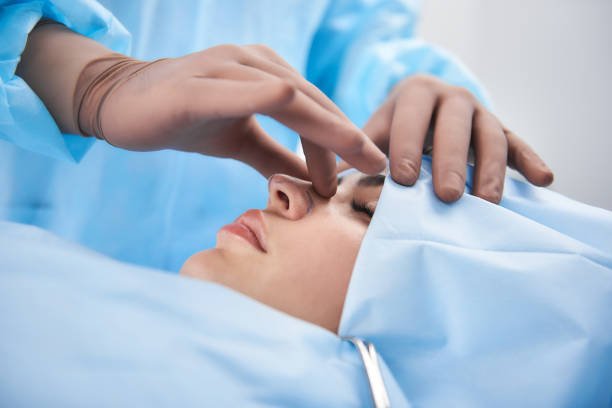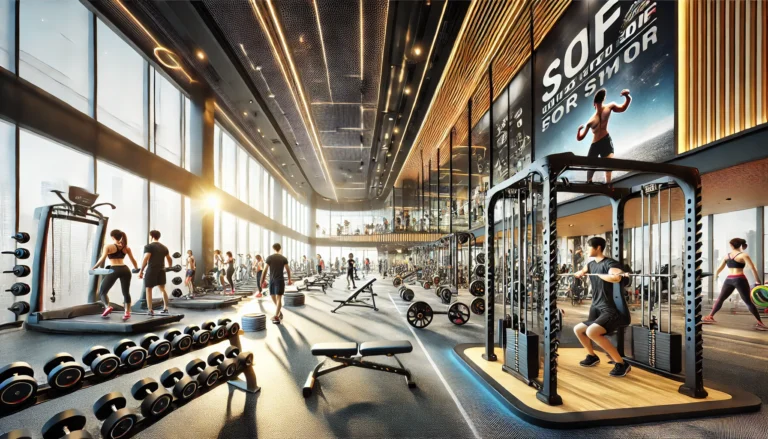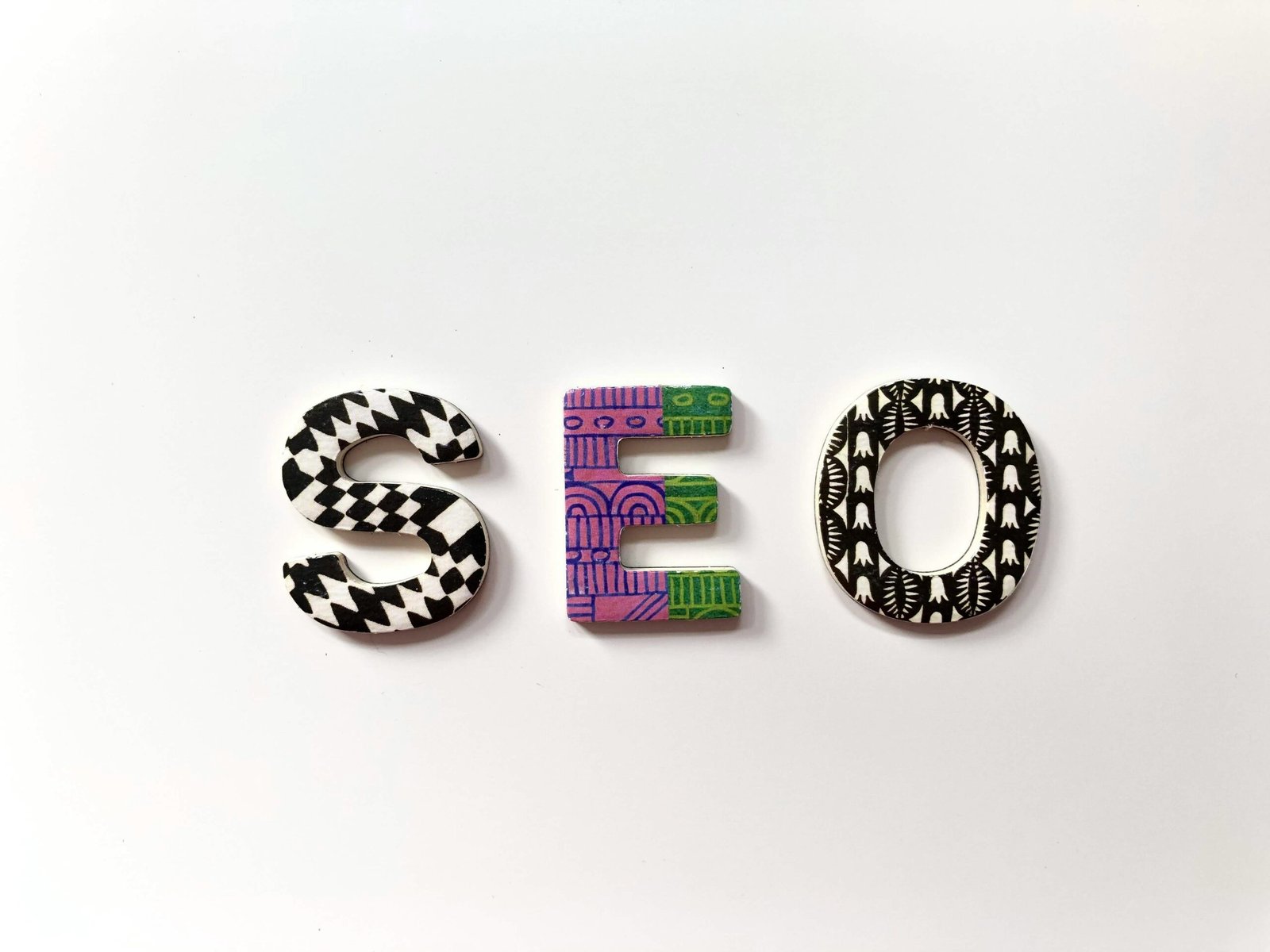
Close up photo of doctor hands palpating nose before operation
Introduction to Rhinoplasty in Abu Dhabi
Rhinoplasty, commonly referred to as a ‘nose job,’ is a surgical procedure designed to reshape or reconstruct the nose for aesthetic or functional reasons. Rhinoplasty in Abu Dhabi has become a popular procedure due to the growing focus on personal appearance, alongside the availability of advanced medical technologies. The procedure can enhance facial symmetry, correct deformities, and improve breathing in cases where nasal obstructions affect functionality. Surgeons in Abu Dhabi are renowned for their expertise in both cosmetic and reconstructive rhinoplasty, often employing cutting-edge techniques to achieve natural-looking results. Patients considering rhinoplasty must first understand the different approaches available—chiefly, the open and closed rhinoplasty techniques.
Open Rhinoplasty: An Overview
Open rhinoplasty is a widely used surgical method that involves making an incision on the columella, the tissue between the nostrils, to lift the nasal skin and expose the underlying structure. This technique provides the surgeon with full visibility of the nasal anatomy, allowing for precision when reshaping the cartilage and bone.
In Abu Dhabi, open rhinoplasty is often recommended for patients requiring extensive nose reshaping, such as those undergoing revision surgery, addressing complex deformities, or seeking major aesthetic changes. The surgeon has direct access to the nasal framework, making it easier to manipulate intricate structures. The open method is particularly beneficial in cases where the patient’s nasal tip needs detailed sculpting, as the surgeon can directly view the septum and nasal tip cartilage.
Though the procedure involves an external incision, advances in surgical techniques ensure that scarring is minimal and typically fades over time. Most patients are left with a virtually invisible scar once the healing process is complete. Recovery from open rhinoplasty may take longer than the closed technique, but it is an effective option for complex cases where precision is critical.
Closed Rhinoplasty: A Less Invasive Option
Closed rhinoplasty, sometimes referred to as endonasal rhinoplasty, is a less invasive technique in which all incisions are made within the nostrils, leaving no external scars. Because the nasal structure is not fully exposed during surgery, the recovery time is often shorter compared to open rhinoplasty.
This technique is commonly chosen by patients in Abu Dhabi who require minor adjustments to their nose shape, such as smoothing a nasal hump, reducing the size of the nose, or making subtle refinements to the nasal tip. Closed rhinoplasty is preferred when the patient’s nose structure allows for modifications without the need for full visibility of the nasal framework.
Since closed rhinoplasty doesn’t involve external cuts, the swelling is often less severe, and patients typically experience a faster return to their regular routines. However, the reduced visibility during surgery can be a limitation for surgeons, making it less ideal for more complex reshaping. For this reason, surgeons in Abu Dhabi carefully evaluate the patient’s nasal structure before recommending the closed technique, ensuring it is appropriate for the desired outcome.
Key Differences Between Open and Closed Rhinoplasty
While both open and closed rhinoplasty techniques aim to improve the aesthetic or functional aspects of the nose, there are several key differences between the two approaches. Understanding these differences can help patients in Abu Dhabi make an informed decision about which method is most suitable for their needs.
- Incision Location: The most obvious difference is the placement of incisions. Open rhinoplasty involves an incision on the columella, which leaves a small external scar. Closed rhinoplasty, on the other hand, involves incisions made entirely within the nostrils, leaving no visible scars.
- Visibility During Surgery: In open rhinoplasty, the surgeon can lift the nasal skin to gain full visibility of the underlying bone and cartilage, which allows for more precise adjustments. Closed rhinoplasty provides limited visibility since the nasal structure is not fully exposed.
- Complexity of the Procedure: Open rhinoplasty is generally preferred for more complex procedures, such as those involving significant structural changes or revision surgeries. Closed rhinoplasty is typically used for simpler, more subtle alterations.
- Recovery Time: Because open rhinoplasty involves more extensive manipulation of the nasal structure, recovery time is generally longer compared to closed rhinoplasty. Swelling and bruising may be more pronounced in open rhinoplasty, while patients who undergo closed rhinoplasty can expect a quicker recovery with less swelling.
- Scarring: Although the scar from open rhinoplasty is minimal and often fades with time, closed rhinoplasty leaves no visible scars at all, which is a significant advantage for patients concerned about cosmetic outcomes.
Considerations for Patients in Abu Dhabi
Choosing between open and closed rhinoplasty depends on several factors, including the patient’s goals, the complexity of the required changes, and the surgeon’s recommendation. In Abu Dhabi, many skilled surgeons offer consultations to help patients decide which approach will yield the best results for their specific case.
For those seeking significant changes to the nose’s structure, open rhinoplasty is often the better choice. Patients who require nasal tip refinement, septal work, or revision surgery may find that the open approach allows for greater accuracy and a more customized outcome. The trade-off is a slightly longer recovery time and a minor scar on the columella, though most patients find the scar becomes barely noticeable over time.
For patients who are seeking more subtle changes or have a simpler nasal structure, closed rhinoplasty may be ideal. This approach is often recommended for individuals looking to smooth out a dorsal hump or make minor adjustments to the size or shape of the nose. The benefits of closed rhinoplasty in terms of faster recovery, reduced swelling, and no visible scarring make it an appealing option for patients in Abu Dhabi who prioritize minimal downtime and aesthetic concerns.
Surgeon Expertise in Abu Dhabi
The success of a rhinoplasty procedure—whether open or closed—depends heavily on the skill and experience of the surgeon. In Abu Dhabi, many surgeons have extensive experience performing both techniques and are adept at tailoring the approach to meet each patient’s unique needs.
Surgeons in the region are well-versed in the latest advancements in rhinoplasty, utilizing state-of-the-art technologies and techniques to ensure the best outcomes. They often have experience working with diverse patient demographics, including individuals with varied ethnic backgrounds, which adds a layer of expertise in addressing the unique anatomical considerations of each patient.
When choosing a surgeon, it is crucial for patients to research their credentials, review before-and-after photos, and discuss their specific goals during the consultation process. A qualified surgeon will provide a thorough evaluation, explain the pros and cons of each technique, and help the patient make an informed decision.
Recovery and Postoperative Care
Regardless of whether a patient undergoes open or closed rhinoplasty, the recovery process is an essential aspect of achieving optimal results. In Abu Dhabi, most clinics provide detailed postoperative care instructions to ensure smooth healing. For both types of rhinoplasty, patients should expect some degree of swelling, bruising, and discomfort in the days following surgery. Nasal congestion is common as well, particularly in the case of open rhinoplasty, where more manipulation of the nasal structure occurs.
Patients are typically advised to avoid strenuous activities for several weeks and to follow all recommendations provided by their surgeon. In most cases, noticeable swelling subsides within a few weeks, though final results may take several months to become fully apparent. Regular follow-up appointments with the surgeon help ensure that the nose is healing correctly and that the desired aesthetic or functional improvements are achieved.
Conclusion: Choosing the Right Rhinoplasty Technique
In Abu Dhabi, patients considering rhinoplasty have access to both open and closed surgical techniques, each offering distinct advantages depending on the desired outcome. Open rhinoplasty is the preferred choice for complex structural changes and revision surgeries, while closed rhinoplasty is suitable for patients seeking less invasive, subtle modifications.
Ultimately, the choice between open and closed rhinoplasty should be made in collaboration with a qualified and experienced surgeon who understands the patient’s goals and facial anatomy. With the right approach, rhinoplasty can provide significant improvements to both appearance and function, helping patients in Abu Dhabi achieve the look they desire.






